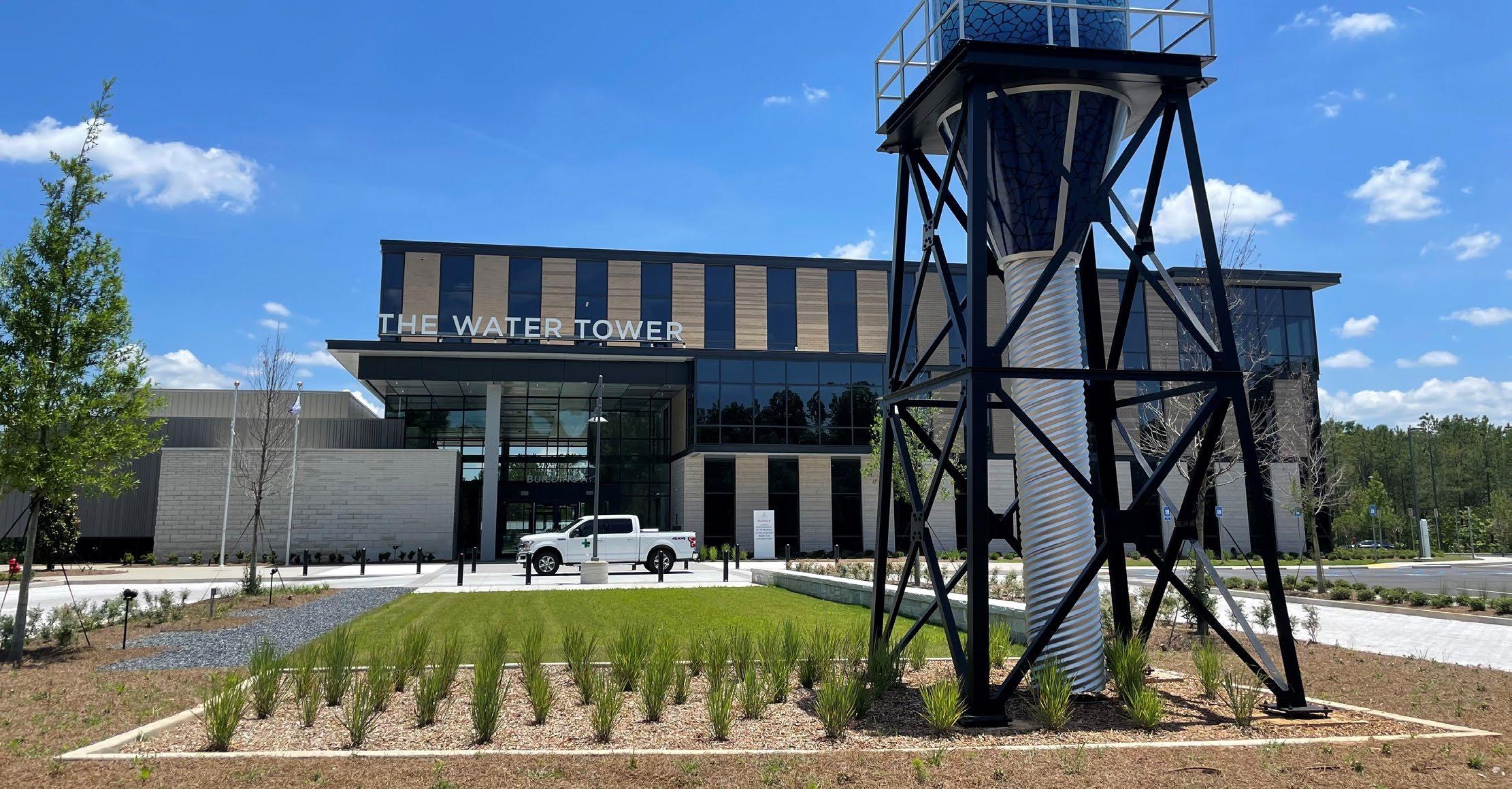
7 minute read
The one water concept and people
Water Quality: The One Water Concept and People
Authors: Christopher A. Impellitteri, Kristan VandenHeuvel, Chad Wilbanks, and Melissa Meeker - The Water Tower
Advertisement
The one water concept is internationally recognised, and essentially follows the natural water cycle: from the atmosphere to the earth, to the oceans, and back to the atmosphere.
From a water resource management perspective, people collect volumes of water along the natural cycle, use it, and then send it back into the natural cycle in myriad ways.
Let’s start from the beginning. Where did water from earth come from? One theory is that earth’s water came from asteroids and that water associated with asteroids originated from interstellar water that survived the formation of the sun in our solar system. This theory suggests that a significant amount of water on earth is older than the earth itself!
Water on earth can ‘leak’ into space through a process called atmospheric escape. This is when water in the atmosphere is broken down into hydrogen and oxygen atoms through a process called photolysis, and then the lighter hydrogen atoms can escape into space. However, this is a very small fraction of the total water in the earth’s atmosphere, so we can think of water as a finite resource on a global scale. The total amount of water on earth has remained relevantly constant for billions of years.
But this water is not always in a readily usable form. In addition to water we can see in rivers and oceans, large amounts of water are trapped in rocks and minerals. Some scientists speculate that water locked up in minerals found deep under the earth’s surface may be as much as all the water in the oceans combined. These water molecules can be released back into the atmosphere when volcanoes erupt.
For the water we can see (or more easily detect relative to mineral-related water, such as groundwater), 96.5% is salty (oceans, seas, and bays). The remaining 3.5% is freshwater and approximately 69% of that water is found in ice and permanent snow.
Thirty percent of freshwater is found as groundwater leaving only a very small percentage of freshwater that is more readily accessible on the earth’s surface.
The main points of this very brief overview of water on earth are: 1) The earth is not really making any new water nor collecting very much water from interstellar sources 2) Most of the water that we have is not readily usable 3) We must consider usable water as a finite resource.
The ways we use and manage water have significant consequences for water quality. Atmospheric water sources, in the form of precipitation, are often thought of as quantity issues (e.g. floods and droughts).
Stormwater greatly affects water quality in receiving waters through contaminant runoff. It can also cause dilution or concentration effects on pre-existing contaminants in receiving waters.
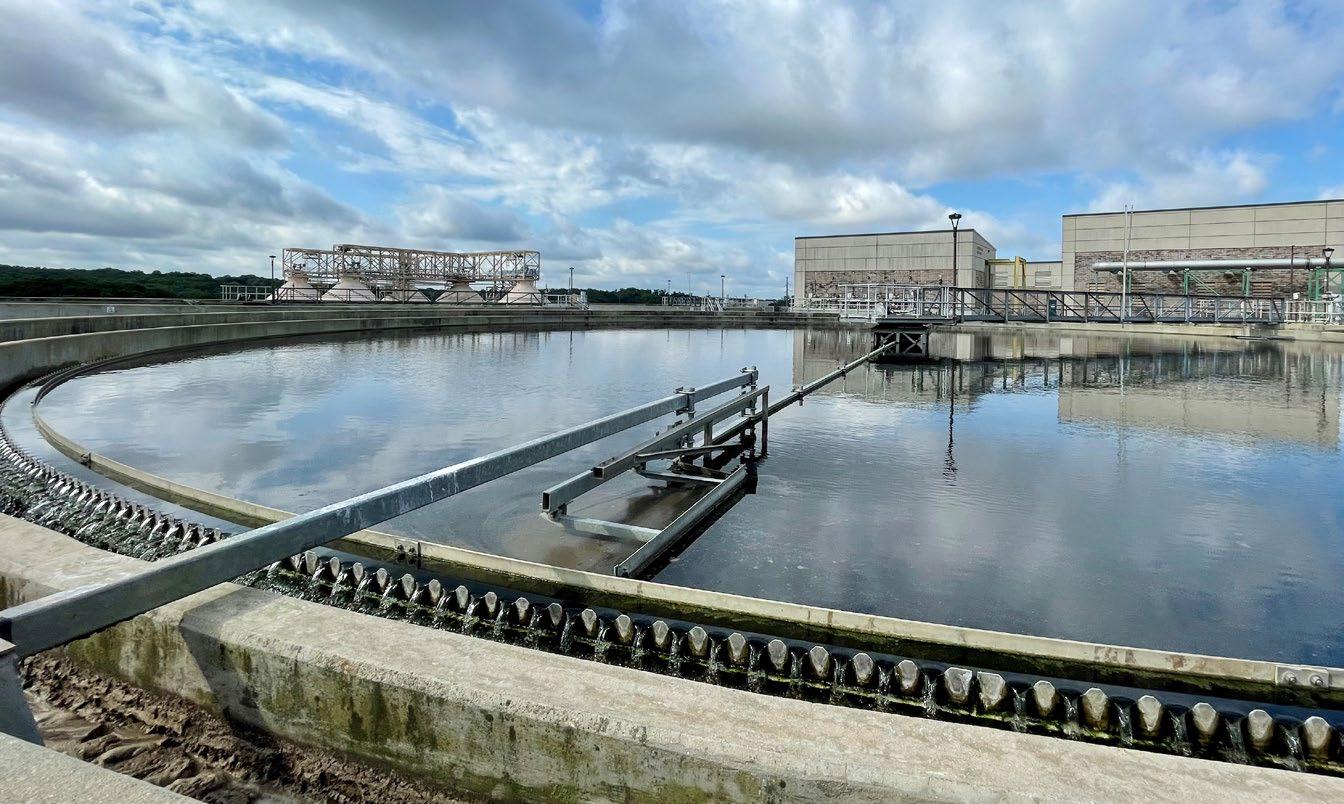
Groundwater quality can be greatly influenced by changing water tables (i.e. raising and lowering of water tables due to fluctuating recharge and/or withdrawal) through changes in the subsurface geochemistry. Groundwater aquifers that are associated with surface water can also be exposed to biological contaminants.
We use surface water in multiple ways including recreational, navigational, municipal, and industrial processes. Regardless of the source, the ways in which humans obtain, use, and return water back to the environment has profound effects on water quality in the one-water cycle.
How can we best protect and, better yet, improve this finite resource?
This is where people come in. We are not simply focusing on water professionals, scientists, and engineers. It takes all people who need clean water to live and survive, which means everyone.
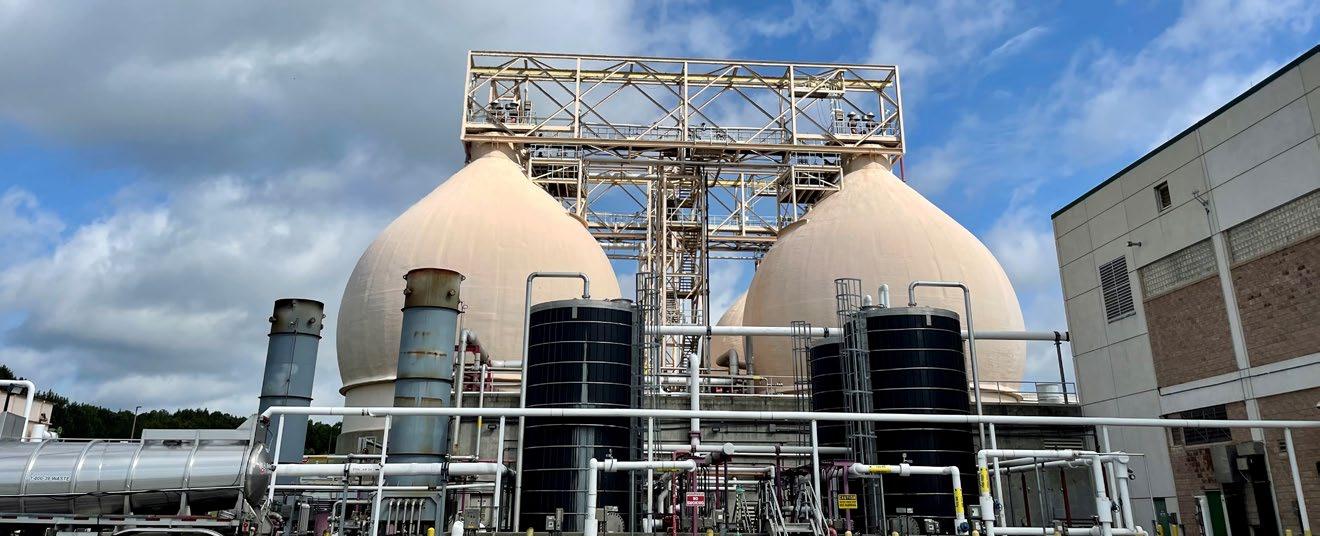
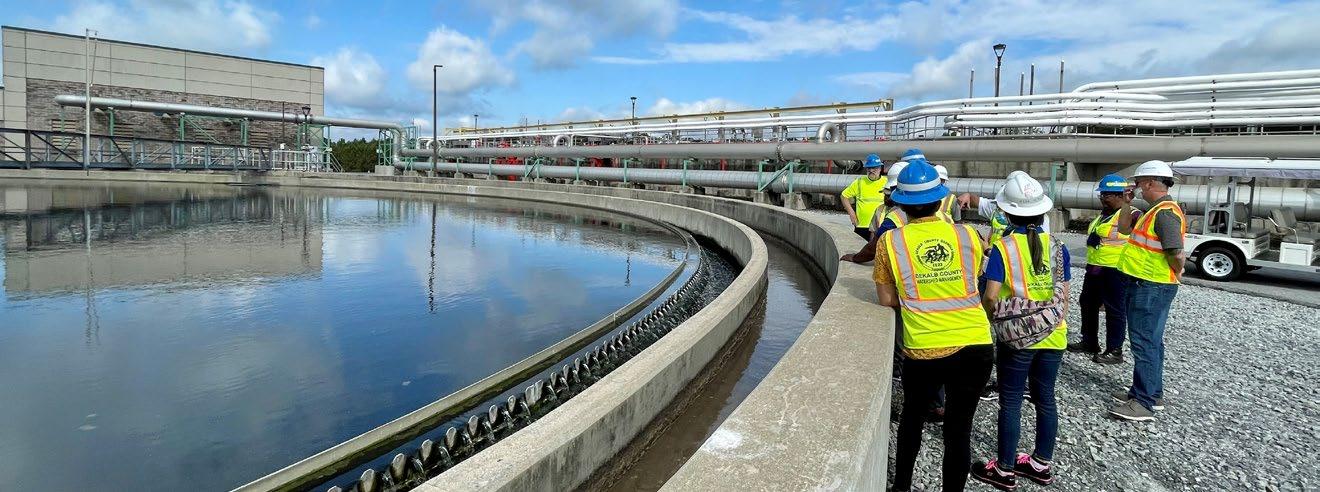
People in Applied Research and Technological Innovation
We need scientists, engineers, and innovators to develop, test, and evaluate new technologies and approaches for improving the quality of our water resources.
This includes education and training for water researchers that goes beyond conventional instruction for drinking water and wastewater treatment processes. We need our education systems to broaden coursework to cover subjects such as water reuse, stormwater capture and use, and enhanced aquifer recharge. We also need to focus on establishing systems and technologies for fit-for-purpose end uses of water where water quality is systematically evaluated, managed, and treated for specific purposes such as industrial cooling or agricultural irrigation.
Some states in the US are already moving forward with fit-forpurpose use/reuse approaches, but there is room to do more. In addition to water researchers, we need more water policy professionals who can help facilitate technology transfer among states and cooperation with technological innovators in other countries. There are currently far too many barriers to technology adoption, especially in the regulated areas of water use such as drinking and wastewater treatment.
People in Water Workforce Training
In addition to traditional training on water treatment plant operation and maintenance, today’s water professional will need instruction on new technological innovations that are becoming increasingly mainstream - including automated monitoring approaches and supervisory control and data acquisition (SCADA) systems. We also need action on source water issues, such as remote monitoring systems for evaluation of water quality at watershed scales and comprehensive source water protection programmes. This is not just a ‘green’ thing to do. It can save significant amounts of money at the treatment plant.
For instance, the National Academy of Sciences recently released a report that concludes that a twenty-year source water protection program implemented by New York City has been successful in maintaining a filtration waiver for drinking water serving nearly 10 million people with 1 billion gallons of water a day. NYC invested 2.5 billion dollars in their source water protection program. A new filtration treatment system was estimated at 10 billion dollars.
These types of efforts need people in multiple disciplines including ecologists, biologists, chemists and engineers who are educated in areas focusing on water science, but also landscape planners, architects, and stormwater management specialists. Well-trained personnel are also needed in waterrelated laboratories.
Well-trained personnel are also needed in water-related laboratories. Containment analysis is becoming increasingly more complex for chemical (e.g., LC/MS/MS analyses for per- and poly-fluorinated alkyl substances) and microbial contaminants (e.g., polymerase chain reaction techniques).
We also need to educate to operate by providing hands-on experience for future water plant professionals and emphasise to young students that water utility operations provide steady, well-paying jobs that are an essential part of our infrastructure.
People in the Community
Engaging with our local communities plays a critical role in water quality. Often referred to as ‘invisible infrastructure’, with
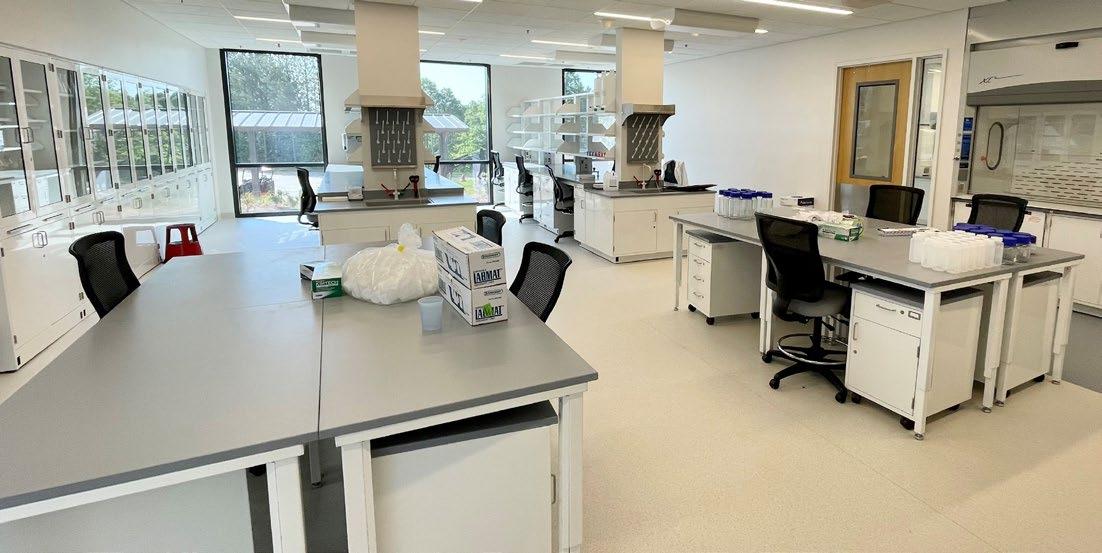

the exception of treatment plant buildings and water towers the majority of water distribution and collection is hidden from view.
Starting at the elementary school level, we need to educate children on basic water services and how humans affect water throughout the cycle. Flushing a toilet or turning on a faucet is not magic; that water goes and comes from somewhere.
Water professionals need to engage with communities to encourage and facilitate locally and regionally focused community groups for monitoring, maintaining, and improving water quality. In some areas, community groups can conduct citizen science for monitoring basic water quality parameters that may help build better predictive models for issues like harmful algal blooms. Community groups can also help disseminate information on the importance of maintaining stormwater structures and buffer zones around our creeks, streams, rivers, and lakes.
As the one water paradigm gains momentum, it is imperative that we acknowledge the significant role people play in protecting and maintaining water resources. In many cases, water quality issues will be regionally, and in some cases locally, different for various areas in the U.S. Land-use patterns and natural geomorphology will play roles affecting water quality, but so will local politics and social climates. It is critical for the water industry to educate and train a diverse engineering and scientific workforce that understands water quality issues, the interconnectedness of the water cycle, and the importance of people for improving our water resources.
Website: theh2otower.com

Trust the Experts. Trust ATi.
Our expertise in water quality sensor design and manufacture allows us to offer unparalleled reliability, accuracy and sustainability across multiple sectors for optimal control of critical processes.
Potable Water / Wastewater / Industrial / Food & Beverage / Healthcare / HVAC
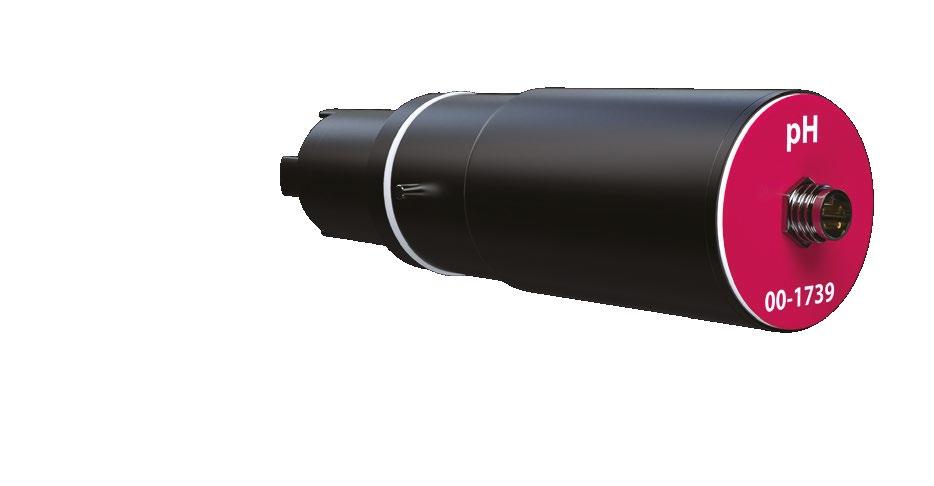
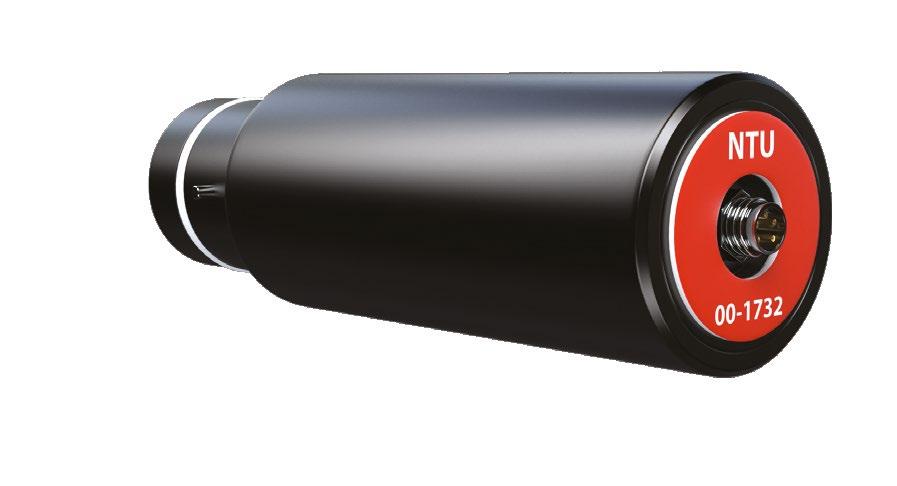

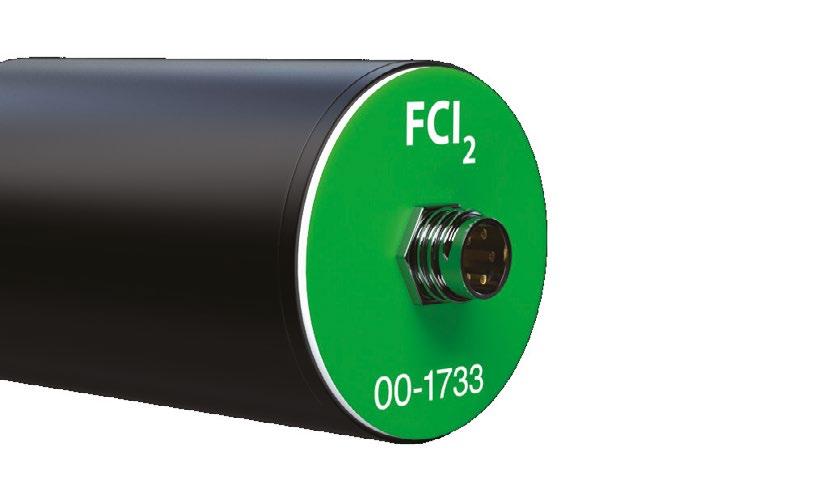
M-Node water quality sensors sales@atiuk.com +44 (0) 1457 873 318 analyticaltechnology.com

